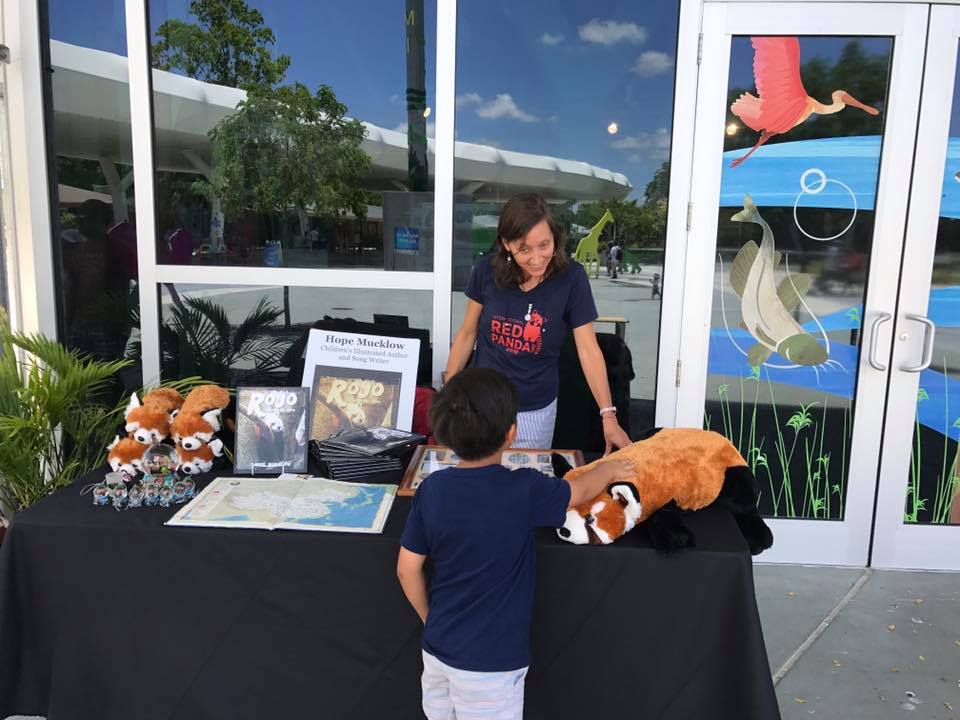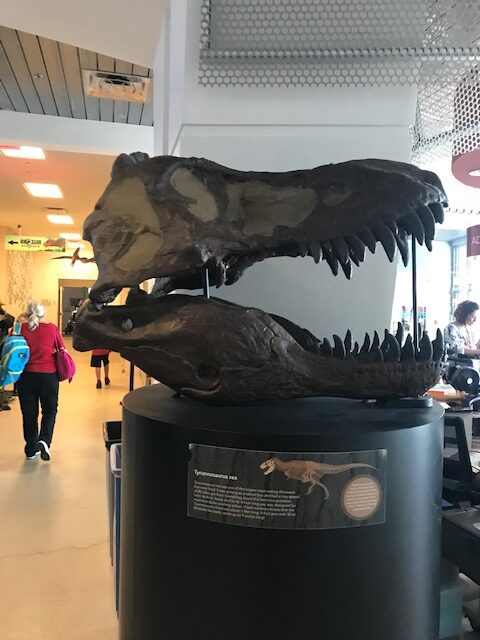Part 1 of this series focuses on the honest limitations of each schooling option with the conclusion that parents have been equipped by natural law to make this decision based on their personal situation and the learning needs of their child was discussed. This blog, Part 2, focuses on history of the public school.
First, one needs to look historically how all of the various schooling options came into existence in the United States of America. Up until the 1830’s parents were responsible not the state for educating their children.
Because of that how one child was taught compared to another varied extensively. Some went to church supported schools. Others to boarding schools. Many home schooled or hired private tutors. A few communities rallied together to organize a local school. Some teachers traveled from town to town to deliver services. Last and certainly not least there were work apprenticeships.
“In the early years of the nation, schooling was haphazard. Many children were excluded on the basis of income, race or ethnicity, gender, geographic location, and other reasons.” -Center of Education Policy, The Graduate School of Education & Human Development at George Washington University
This statement from GW sounds very modern to me. However the rational for public schools differed. Continuing with the information from GW:
“A strong dose of moral instruction would also be provided to instill civic virtues. Educating children of the poor and middle classes would prepare them to obtain good jobs, proponents argued, and there by strengthen the nation’s economic position. In addition to preparing students for citizenship and work, education was seen by some reformers as a means for people to achieve happiness and fulfillment.” Sounds like a sales pitch to convince the parents and communities into buying this concept of trusting the government to educate their children through this new idea of public school.
“Common school advocates emphasized the knowledge, civic, and economic benefits of public schooling. Common schools would teach the ‘three R’s’ (reading, writing, arithmetic), along with other subjects such as history, geography, grammar, and rhetoric.”
This is where the Three R’s came from. I never understood this given that only one of the core subjects, reading started with R. What a poor way to teach reading and spelling if this is the catch phrase for public education! It’s already confusing enough for students to differentiate between write and rite! Then it is just sloppy speaking to claim that R in arithmetic. But there you have it. The very founding of public school is not making it simple, logical, and straightforward for students to learn. So what is it they are doing?
Now, let’s look at one of its early founders, Horace Mann. Why is it, a man who chiefly taught himself such a proponent of universal public education? What was his motive?
Motive is difficult to judge. This is why certain court cases are judged by a jury of 12 people instead of the judge him/herself. In the situations where someone commits murder and then suicide, the emotional pain for the family is there is no closure as to what motivated the person to commit such horrible crime.
Back to what public school used to look like before Horace Mann became it’s greatest reformer in the 19th century. As I read over the list of 8 very different ways families schooled their children in GW’s article reference below in the End notes, it appears that in 2023 especially in the state of Florida that this is where education is headed again. Microschools, tutors, homeschool, and the like are the new “old” way of he future.
End notes
https://files.eric.ed.gov/fulltext/ED606970.pdf
https://files.eric.ed.gov/fulltext/ED606970.pdf
https://www.biography.com/scholars-educators/horace-mann
https://archive.org/details/45-declared-goals
https://plato.stanford.edu/entries/natural-law-theories/





